1922 Part 2 - May - WCAK, the Houston Post Concerts

On May 6, 1922, the second Houston broadcast license was issued to Alfred P. Daniel of 2504 Bagby for station WCAK. Daniel has been credited by several with the first actual Houston radio broadcast, using a set rigged up in a Quaker Oats box, a story largely if not entirely based on an account published 33 years later. Three weeks after Daniel’s death in 1955, Anna Clyde Plunkett wrote to Post Radio TV Editor David Westheimer about the broadcast. Plunkett was a friend of the Daniel family and according to her, she sang Brahm’s ‘Sapphic Ode’ accompanied on the piano by Louise Daniel in a closed room upstairs at the Daniel house. Downstairs, family members and friends, also in a closed room to make sure what they heard was over the radio and not just from the next room, listened. After the first number, Daniel bounded upstairs to exclaim “It works!” Then Elizabeth Blaffer sang ‘One Fine Day’ and the two followed with the duet from Mme. Butterfly. Daniel asked if anyone had heard the broadcast to please phone in and a call came in from Rockport on the Texas coast above Corpus Christi. It is not recorded whether the caller asked if he had won anything.
Plunkett wrote Westheimer that it was Houston’s first radio broadcast but she did not give a date nor the call letters of the station and the broadcast was not reported on by the papers that I can find, so whether Daniel got WCAK on the air between May 6 and May 11 and beat Hurlburt-Still or whether the broadcast actually was over Daniel’s amateur station or special amateur station earlier is unknown. There will be more on the question of ‘who was first?’ in Houston in a forthcoming post.
Alfred P. Daniel’s station always operated from his home. Like WEV, WCAK was to last until early 1925 although by early 1923 Daniel was an announcer and operator at WEV and broadcast very little on WCAK. Of the early operators and owners, however, he was to have one of the longest and most notable careers in Houston radio, playing a roll in the launch of Houston’s oldest surviving AM station and its second FM station. For more on WCAK and Alfred P. Daniel, called the Dean of Houston Radio in his front page obituary in the Post in 1955, go here.
The Houston Post’s enthusiasm for the new medium was to grow by leaps and bounds in just a few days. The newspaper undertook the sponsorship of concerts on both of the first two stations and started reporting on them and promoting them with front page, above the fold, stories. On Thursday, May 18, the Post headlined on page 1 that it had arranged to send daily radio programs with the Hurlburt-Still company allowing the use of its big ‘sending plant.’
"Old familiar songs, melodies of haunting sweetness and fondest memory, hits from the latest Broadway musical shows, the jazziest of jazz music, bedtime stories for those sleepy-headed, tousled-haired boys and girls, short sermons by Houston ministers, interesting talks by prominent educators and scientists and merry nonsense by the cleverest monologists you ever heard...."
Those were just some of the features planned for the ‘Post family’ all through South Texas. Houston artists and performers lined up for the chance to donate their performances. That evening’s first program included ‘silver-voiced’ Houston tenor Henri Therrien, who would later sing with the Chicago Grand Opera, and Italian singer Amando Ianuzzi. Friday’s program was to include Peck’s Bad Boys Jazz Dance Orchestra and the Graham Four, Mrs. John Wesley Graham’s female quartet.
Friday morning’s edition of the Post carried the front page headlines “Post’s Initial Radio Broadcast from ‘WEV’ Entertains Thousands” and “Many ‘Encores’ by telephone received.”+Concert+on+WEV.jpg)
Two monologists had dropped by and were pressed into service.
"A technical talk on radio was the fashion by which Mr. (John S.) Bonner announced his subject but it proved to be a delightful misnomer. The speaker declared he was far better acquainted with the machinery of a rodeo than that which clutters up a radio broadcasting plant. Withal it was the merriest 15 minutes of nonsense imaginable and the Post family “applauded” so insistently - by telephone calls to WEV asking for more - that the droll monologist was obliged to respond to an encore."
In the lingo of broadcasters, the phone rang off the wall at Hurlburt-Still; Bonner delivered his monolog a second time, Houston’s first re-run.
The Saturday morning front page review after the second broadcast continued the enthusiasm and mentioned that Alfred P. Daniel’s station had been called into service, too. The Saturday evening concert was to be over WCAK which would regularly carry the programs on Sunday afternoon as well as Wednesday and Saturday evening. Mention was also made of other programming on WCAK which included radio gossip and announcements of the concerts for the evening and news of the Houston Radio Club at 7pm each evening which had been going on for a year and a half on Daniel’s amateur stations.
“Jazz and Classical Music Put on Ether by Post Broadcast” and “Local Artists and Syncopated Orchestra Bring Many Encores from Stations in Houston and at Other Points in the State” were the headlines on Saturday, again referring to a receiver as a ‘station.’ The Brotherhood of Locomotive Firemen and Engineers was having a convention in Houston at the time and several officials were present for the broadcast, which none of them had ever experienced before. The Post persuaded President W. S. Carter of the Brotherhood to speak on the Monday evening broadcast. Carter got busy trying to notify his family and friends in Cleveland, Ohio, to get radio sets and try to tune in WEV.
Other businessmen were getting radio fever too. On the 23rd of April, Abe Zindler of Zindler’s Mens and Boys Wear had announced he was having a radio station installed in his store. H.S. Powell of Dallas had been retained by Mr. Zindler to install and operate the equipment and would be on hand to answer questions about the care and use of it. Zindler’s was located at Congress and Fannin and billed itself as the South’s largest men’s and boy’s wear store. Their advertising slogans included ‘On Courtesy Corner’ and ‘Where Your Car Stops.’ Mr. Zindler said that information obtained from all over the US and Canada through the radio station would be megaphoned to passersby on the street. What Mr. Zindler was installing we would call a tuner or receiver, not a ‘radio station.’ Incidentally, there was no mention whether Mr. Zindler had thought about megaphoning restaurant reports every Friday night for passersby.
The first ‘radio concert’ was scheduled at Zindler’s on June 15th by which time the Press reported Mr. Zindler had added a line of receivers to his merchandise.
Later in the year the National Bank of Commerce was to announce it had installed radio receivers in its savings department at the teller windows, so that Houstonians who had not yet experienced this new phenomenon could listen while they made their deposits.
The Arabia Temple installed a big receiving set and had ‘radio concerts’ where people came and sat in the auditorium to listen to radio broadcasts from elsewhere. Such a gathering took place for the first Post concert on WEV. Will Horwitz did the same thing at his Iris Theatre at 612 Travis where the JP Morgan Chase Tower now stands. He entertained some of his customers Saturday night, May 13, with a surprise radio concert featuring the ‘largest and most perfect radio set obtainable,’ connected to a Western Electric loud speaker ‘recently invented’ and loaned to Mr. Horwitz for demonstration purposes. He presented Hurlburt-Still and Alfred P. Daniel broadcasts, he carried sermons from a Dallas station and concerts from the University of Texas Station at Austin, WCM, which had been issued a license just one day before Hurlburt-Still.
The Iris offered radio enthusiasts the opportunity of ‘taking it apart and seeing what makes it go’ at a free demonstration at the theatre on Saturday morning, May 20th. Kids of school age, especially, were invited to the demonstration that would cover all phases of ‘radio work,’ from construction of an amateur outfit to handling one of the big commercial sets. Printed instructions were handed out for those who wanted to build their own sets.
All the papers were running series on how to build your own set, from a simple crystal set to a one-tube superheterodyne receiver. The Press also offered a 15 page pamphlet for free just for writing in and arranged a special showing at the Queen theater of a film produced by the Commerce Department on building your own set. The film was then made available, free of charge, to any club, organization, school, church, etc., that wanted to show it and later in the summer the Press arranged to have the film shown at all city parks that had movie programs.
Images above are from the archives of the Houston Post at the Houston Public Library.



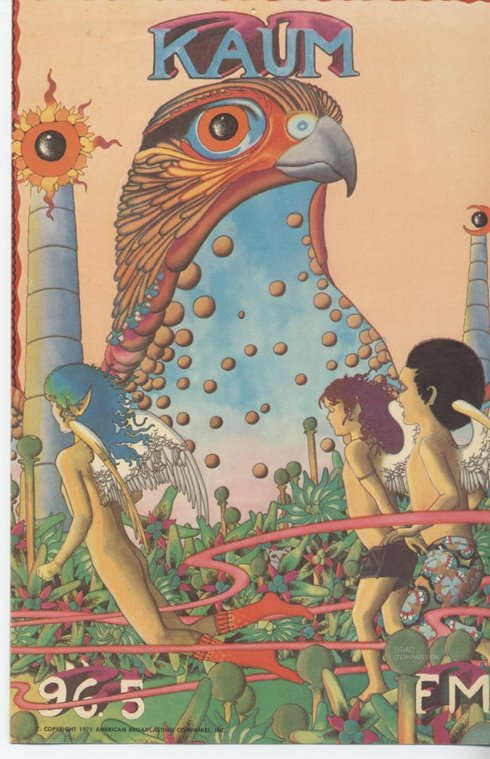
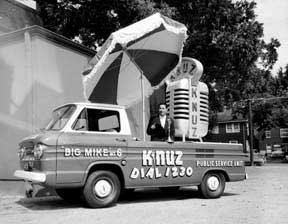


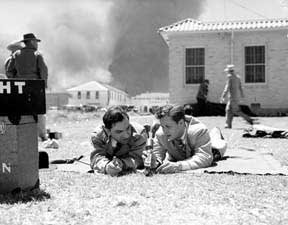
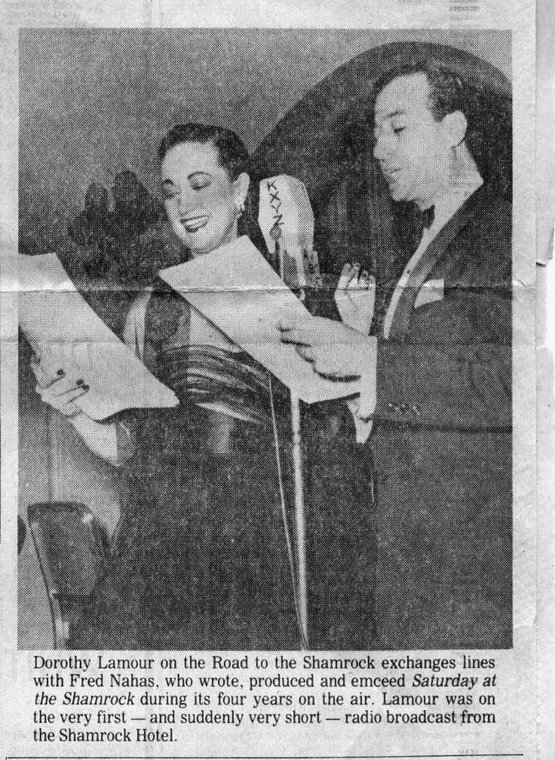
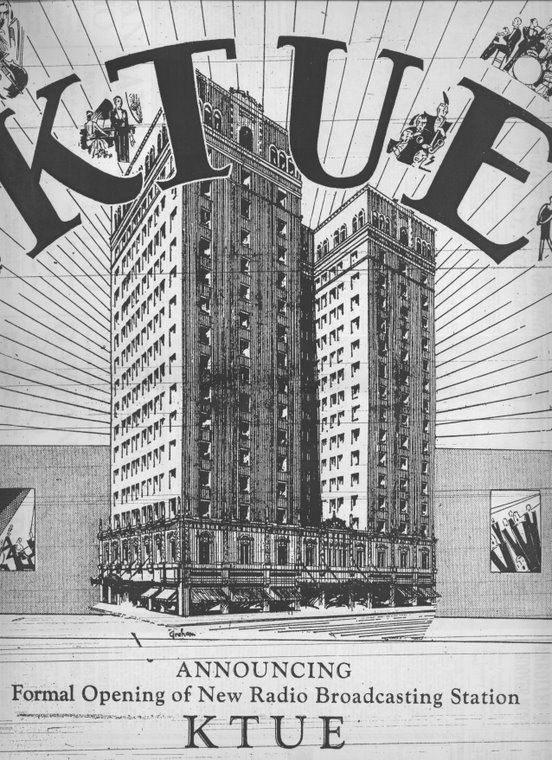
9 comments:
While visiting the Houston Heritage House exhibit of "Sounds of the Past", I learned that Houston did indeed have stations early on which began with W, as do to this day stations in Waco, Ft. Worth, Dallas,and College Station. A pity we did not have one to survive as an historic account of our city's early broadcasting.
As a postscript to my comment about Texas stations whose call-letters started with a W, I inadvertently omitted San Antonio's famous, far-reaching WOAI, whose transmissions often covered lower Canada.
Just a tip: for the best in sound reproduction, and in price, old radio programs on MP3 format can be purchased at OTRCAT, P.O.Box 19234,Lenexa KS 66285 (order@otrcat.com)
[This is an unsolicited tip, not a sales promotion ]
There's an article about the early call letters among the postings for May, 2007, on the right side-bar, explaining how they were assigned and when the policies changed.
Would any one know where to get a copy of the broadcasts... especially with Henri Therrien as he was my great Uncle...
It is extremely unlikely there were any recordings made.
For the past few years, I have been lobbying to Mr. Daniel inducted into the Texas Radio Hall of Fame. Finally, TRHOF created the "Trailblazers Award." designed for the early broadcasters. The following link is this year's (2015) video for the "Trailblazers."
https://www.youtube.com/watch?v=Du5Z0FzPDhY
Thanks for your efforts. I gave up several years ago and thought it would never happen.
Regarding the statement in the story that read: "All the papers were running series on how to build your own set, from a simple crystal set to a one-tube superheterodyne receiver." I'm sorry to be a nit-picker, but it's highly unlikely that any single tube radio set could have been a superheterodyne receiver at that time. The newspaper apparently printed superheterodyne by mistake. The reason is, a superhet (as it is commonly called) was a "cutting edge" receiver in the early days of radio. Superhets did not become common for home use until the nineteen thirties and then they required five to eight tubes. Superhets are also difficult to align without special equipment so they wouldn't have been a good choice for a build your own set in the twenties. It is far more likely that a one tube receiver in the nineteen twenties would have been a regenerative receiver, or a super-regenerative receiver, and the newspaper may have confused the term superhetrodyne with super-regenerative.
Post a Comment